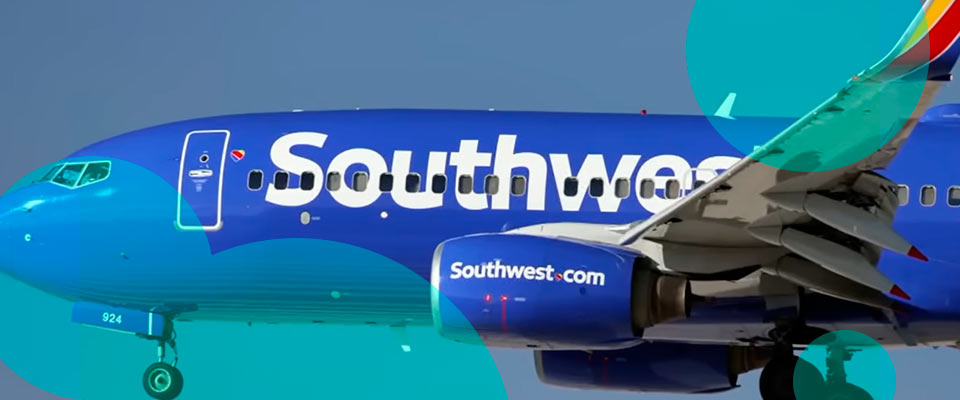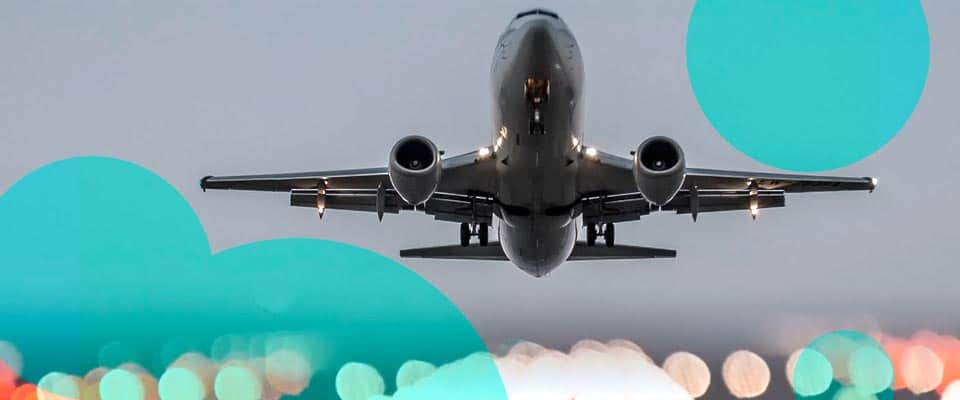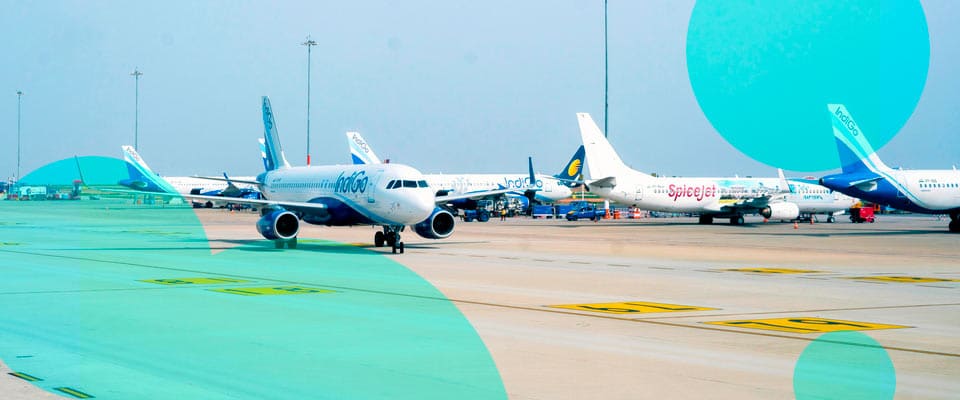Two Southwest Airlines flight attendants sustained injuries on Friday after a sharp in-flight maneuver prompted by traffic alerts forced a sudden altitude change shortly after departure from Burbank, California.
- On July 25, 2025, Southwest Airlines Flight 1496, departing around 11:50 a.m. local time from Hollywood Burbank Airport (BUR), descended sharply—nearly 475 ft from approximately 14,100 ft to 13,625 ft—about six minutes after takeoff. This maneuver responded to two cockpit traffic alerts indicating another aircraft dangerously close.
- Flight tracking from sources like Flightradar24 identified the conflicting aircraft as a Hawker Hunter fighter jet, flying at about 14,653 ft. The closest proximity between the two planes was roughly 4.86 miles laterally and 350 ft vertically
Flight 1496 had been airborne for six minutes when it dropped 625 feet—from 14,100 feet to 13,475 feet—according to data from Flightradar24.
The sharp descent followed two traffic collision avoidance system (TCAS) alerts that required the crew to execute both a climb and descent while departing the Los Angeles area.
Southwest Airlines confirmed the incident and said the alerts occurred during the aircraft’s initial climb phase. At their closest proximity, the two aircraft were separated by approximately 4.86 miles laterally and 350 feet vertically.
According to ABC News, the conflicting aircraft was identified as a Hawker Hunter jet. One passenger interviewed described the altitude loss as a “significant drop.”
The Federal Aviation Administration (FAA) has opened an investigation into the incident. No passenger injuries were reported.
However, Southwest stated that two flight attendants were receiving medical treatment following the event. The aircraft proceeded to its destination in Las Vegas and landed without further issues.
- Witnesses described the descent as sudden and chaotic. Several passengers reported being lifted out of their seats, hitting the cabin ceiling; screaming and panic spread throughout the cabin.
- A passenger likened the sensation to a “Tower of Terror” theme park drop, expressing fear that the aircraft was crashing. Multiple accounts confirmed passengers lost secured contact briefly and raised alarms about the severity of the descent.
- After the plane stabilized, the pilot addressed the cabin, stating they nearly collided with another aircraft and lost contact with air traffic control during the maneuver.
The event occurred just one week after a Delta Air Lines jet aborted a landing in North Dakota to avoid a potential collision with a B-52 military aircraft. Both cases have raised renewed concern over near-miss incidents in U.S. airspace.
The FAA has not released preliminary findings, and investigations into traffic separation procedures and pilot response protocols are ongoing.
Key Takeaways for Aviation & Safety Stakeholders
| Area | Implication |
|---|---|
| Situational awareness | Despite automated TCAS alerts, close calls still occur with vintage or military‑type aircraft operating near civilian routes. |
| Crew injury risk | Abrupt vertical maneuvers—even brief—can cause injuries to crew, even without cabin turbulence. |
| Communication protocols | Temporary loss of ATC contact during conflict increases risk. Coordination and redundancy remain critical. |
| Regulatory scrutiny | The FAA investigation may shape future guidelines for civilian and non‑commercial flight operations in shared airspace. |
This incident delivers a vivid example of how traffic alerts, cockpit decision-making, and non-commercial aircraft can intersect critically during climb-out phases. For aviation insurers, airlines, and regulators, the outcome may inform protocols, training, and policy updates related to collision avoidance and crew safety.







